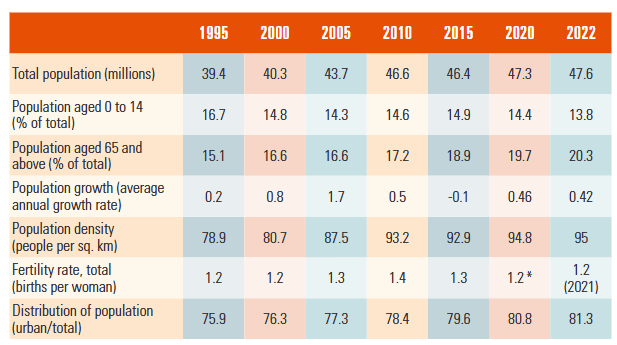wellness360bydrgarg
No Result
View All Result
🌸 Effective Treatment Strategies for PCOD & PCOS
🩺 1400-Calorie Indian Diet Plan for Thyroid, High Blood Pressure, High Uric Acid, and High Cholesterol/Triglycerides
🦵 Leg Cramps: Causes, Prevention, and Natural Remedies
Symptoms, Risk Factors, Complications, Treatment
Sleep deficiency worsens pain mechanisms in migraine sufferers
- Trending
- Comments
- Latest
Categories
- AI in Healthcare
- Blog
- Blood Tests
- Editorials
- Expert Insights
- Family Health
- Fitness and Workout
- Health and Wellness
- Health Business
- Health Conditions
- Health News
- Health Podcasts
- Health Research
- Health Technology
- health-Videos
- Immunity & Infections
- Kids Health
- Lifestyle
- Longevity Aging
- Men’s Health
- Mental Health
- Natural Remedies
- Nutrition & Diet
- Product Reviews
- Skin & Beauty
- Sleep & Energy
- Sports
- Travel
- Weight Loss
- Wellness
- Women Health
- World
Newsletter
wellness360bydrgarg
No Result
View All Result
🌸 Effective Treatment Strategies for PCOD & PCOS
🩺 1400-Calorie Indian Diet Plan for Thyroid, High Blood Pressure, High Uric Acid, and High Cholesterol/Triglycerides
🦵 Leg Cramps: Causes, Prevention, and Natural Remedies
Symptoms, Risk Factors, Complications, Treatment
Sleep deficiency worsens pain mechanisms in migraine sufferers
- Trending
- Comments
- Latest
Categories
- AI in Healthcare
- Blog
- Blood Tests
- Editorials
- Expert Insights
- Family Health
- Fitness and Workout
- Health and Wellness
- Health Business
- Health Conditions
- Health News
- Health Podcasts
- Health Research
- Health Technology
- health-Videos
- Immunity & Infections
- Kids Health
- Lifestyle
- Longevity Aging
- Men’s Health
- Mental Health
- Natural Remedies
- Nutrition & Diet
- Product Reviews
- Skin & Beauty
- Sleep & Energy
- Sports
- Travel
- Weight Loss
- Wellness
- Women Health
- World




:max_bytes(150000):strip_icc():format(jpeg)/Health-GettyImages-2177502752-47a7385bbc284648b51a74f3f9d610ab.jpg?w=120&resize=120,86&ssl=1)


















